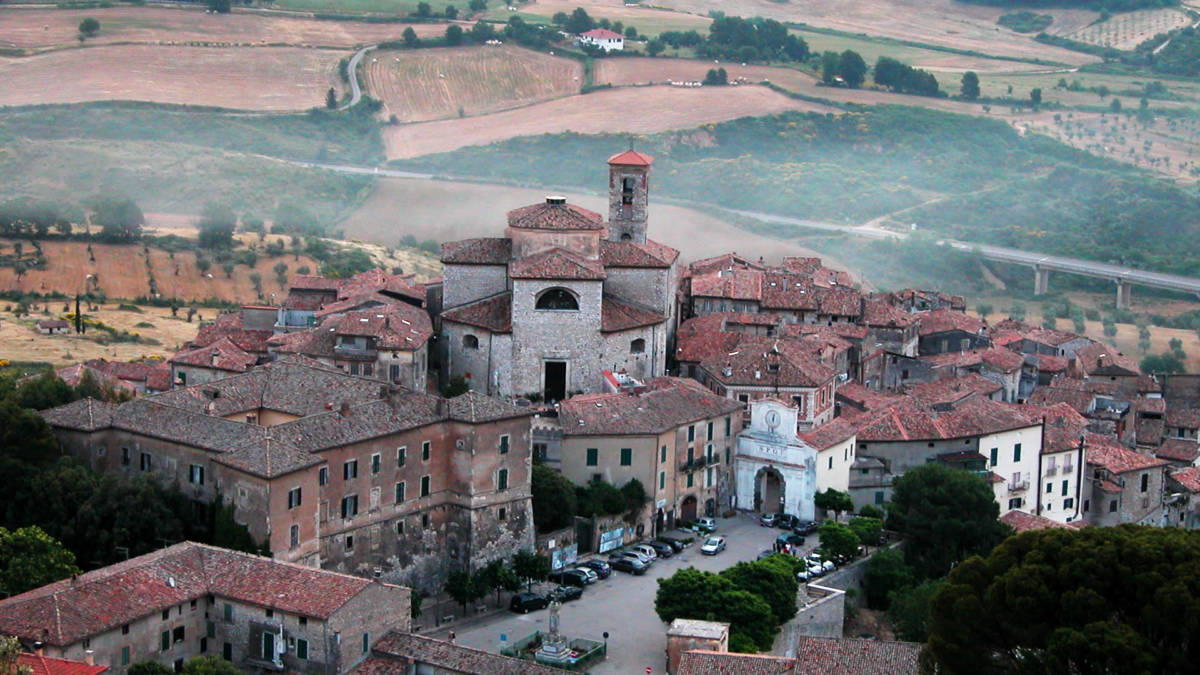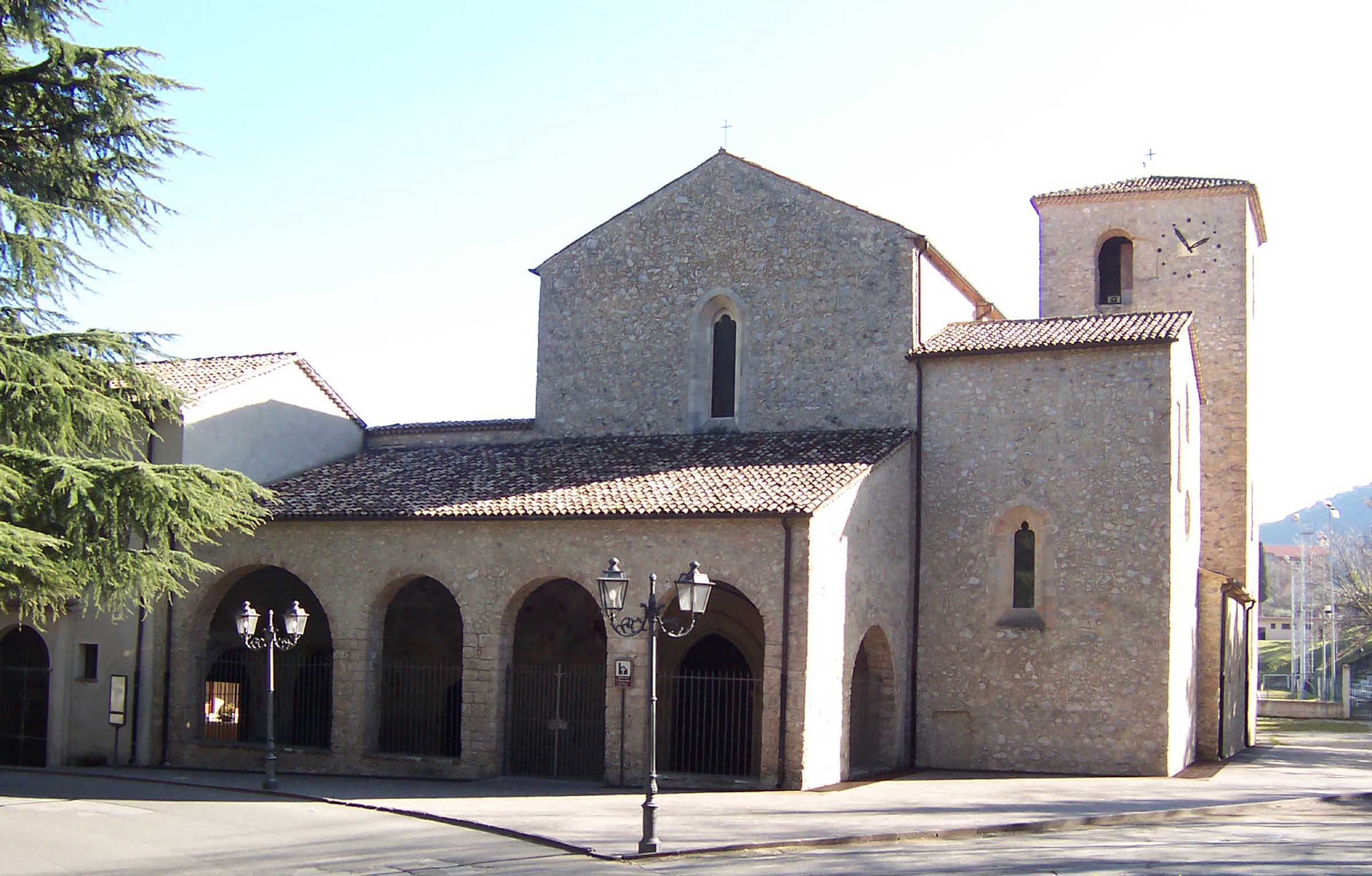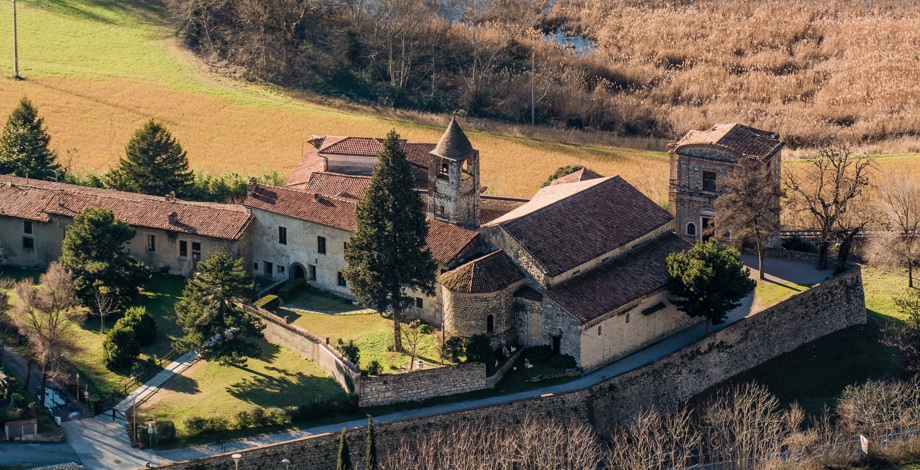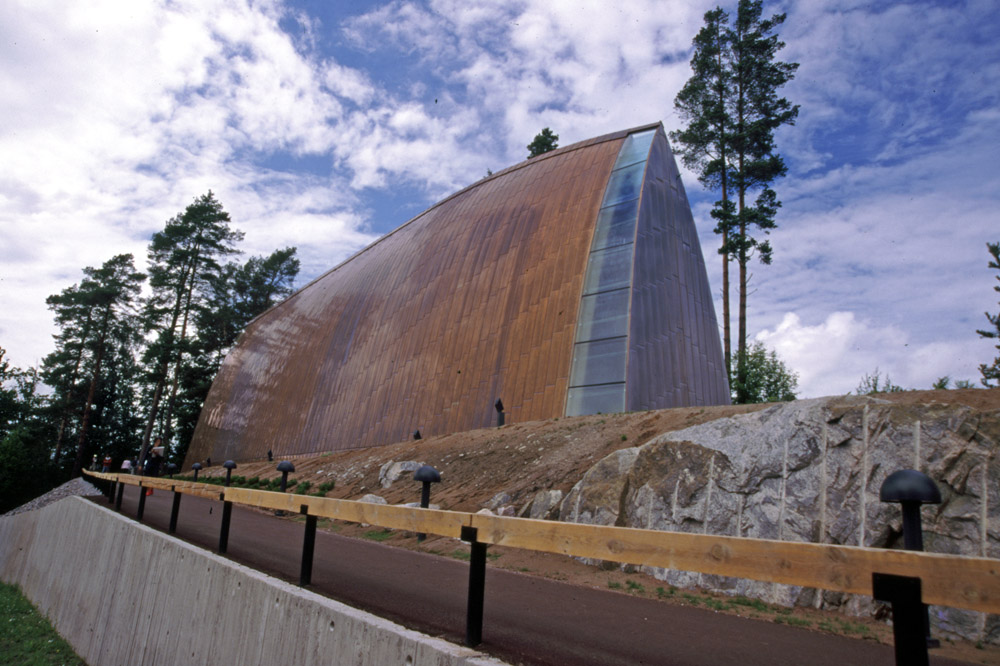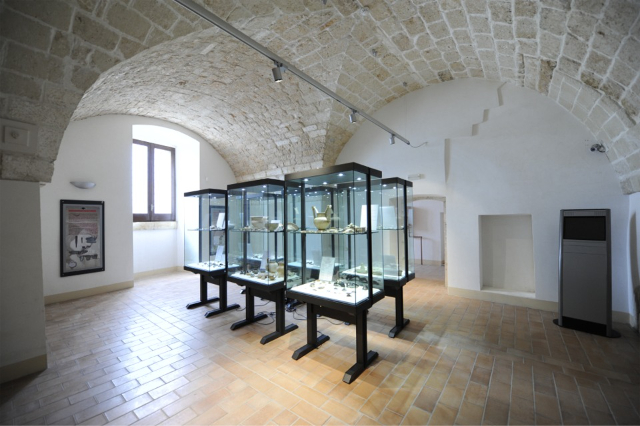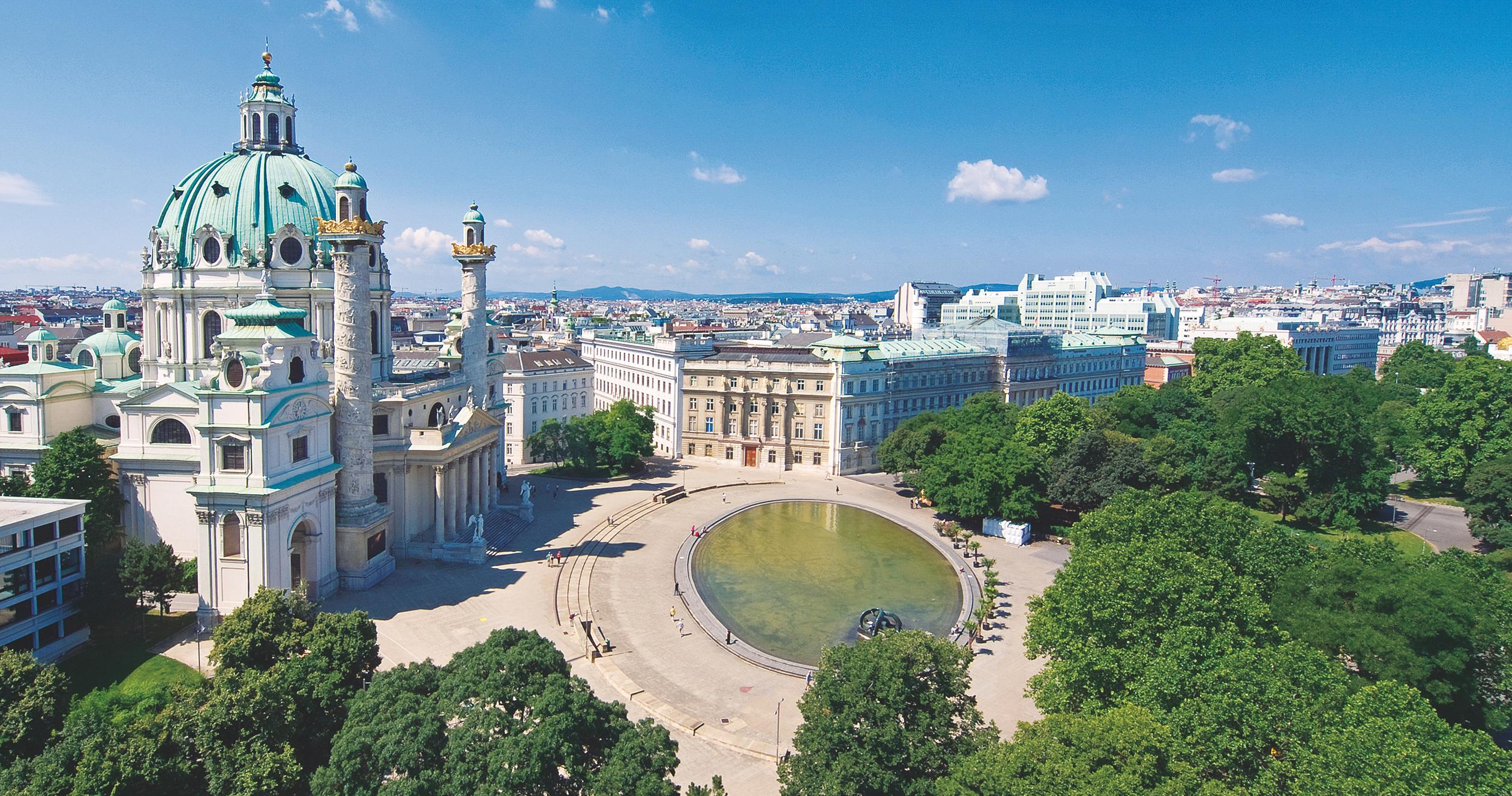The church of Sant’Agata rises in the original nucleus of the town and repeats in its central plan the Renaissance and Baroque experiences. The first news dates back to 1289 when it results to be a benefit of a certain Giovanni De Ceccano. The construction of the present building began in 1789 because the old church was threatening to collapse and therefore no longer convenient for the exercise of divine worship. The first project, carried out by the architect Francesco Rust, was based on ideas that were too vast and disproportionate, with a forecast expenditure of over 26000 scudi. The arrival of the French and the exiguity of the funds made available for the realization of the new collegiate church, in spite of the contribution of the community of Prossedi, the Prince and various confraternities, did not allow the progress of the building which was abandoned for 25 years. The church was later built on the basis of the project of the architect Ignazio Ambrosetti of Anagni who reduced the expense to more discreet terms. Of neoclassical style, it rises inside the nucleus of the town and overlooks piazza XI Febbraio. The main facade on the square is characterized by an elementary wall mass of considerable size. In its dimensions, together with the castle, it allows us to identify the image of the town. The plan is a Greek cross, with apses and chapels in the corners of the cross. The interior of the church is covered with a hemispherical dome placed at the intersection of the arms and by barrel vaults that are grafted onto a frieze. Above the frame of the impost, in correspondence of the three arms, there are three large semicircular windows, while the main arm that ends with the apse, has a circular window. The richness of decorative details constituted by circular ribs in the vault and by ribs in the dome enriched by floral friezes, accentuates and at the same time weighs down the elementary value. The sacristy is an organism with a central plan constituted by a Greek cross where at the intersection of the two arms is determined a circular environment covered with a dome. The organism of the sacristy manifests in the plant and in the style, a reassumption of the sixteenth-century models especially in the access portico where we find stone pilasters and ribs that innervate the dome cover. Over the years it has undergone several restorations, the last one in 2005.
